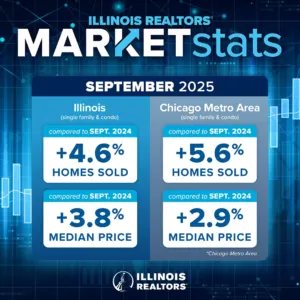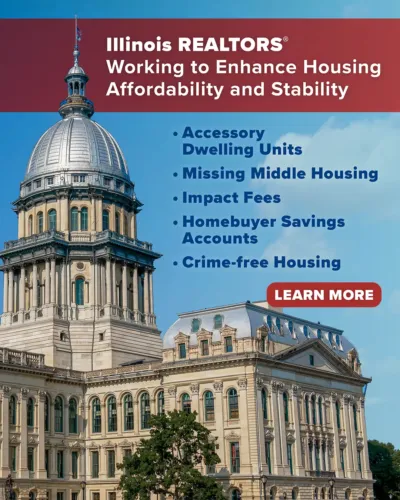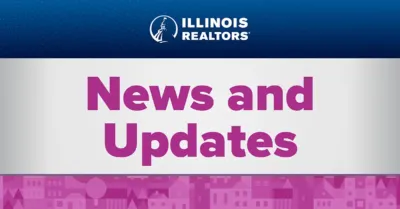Let’s Find Some Peace Amidst the Noise
A discussion about the benefits of the Multiple Listing Service (MLS)
Disclaimer: This Is Just My Opinion
As real estate industry leaders, you have surely read about NAR’s new MLS Delayed Marketing Exemption Option to go along with its existing Clear Cooperation Policy (CCP).
Some like it.
Some hate it.
Which is correct?
Could it be a little bit of both?
I propose the answer is a little bit of both, if employed correctly. This could be a big IF.
Indeed, the real estate professional’s most basic question when representing a seller or a buyer must be, what is best for the client? Simply put, that is the broker’s legal/ethical duty.
Don’t bury the lead
The ‘big market’ is generally the best practice
The headline should continue to be that the MLS that broadcasts listings to as many participants and the public (through IDX feeds and syndication vendors), is generally the best, most competitive, efficient marketplace for the sale of residential real estate. The MLS marketplace (sometimes referred to here as the “big market”) is essentially an open market with consumer protection guardrails built in. For sellers, the “big market” is generally best because the listing will be exposed to the greatest pool of buyers in that area. For buyers, the big market provides more options for them. For brokerages, whether a “David” or a “Goliath,” all have the same access. Healthy competition is better for everyone involved. Pricing is more competitive. These are good reasons to always lead with the “big market” as the starting place.
Delayed Marketing Exempt Listing is an exception, not a rule
Of course, there are instances where a seller might prefer to avoid the “big market.” NAR’s newly minted Delayed Marketing Exempt Listing Policy is now one such option. This option allows the seller to direct the listing broker to put their listing in the MLS, but for a limited number of days, it will only be published to other MLS participants and not more widely distributed. So, while the Delayed Marketing Exempt Listing would be available on that MLS, it would not go to other brokers’ IDX feeds or to other syndication vendors (the online real estate portals).
The most critical element of this option is the seller’s direction requirement. Before this option is chosen, the listing broker has a duty to explain what this truly means to the seller. By choosing a smaller market and giving up broad, immediate exposure to a bigger market, the listing won’t show up on other broker’s websites via the IDX feed, nor will it appear on the syndicator sites.
Whatever the reason for a seller to choose this option, the seller’s intentions and the listing broker’s explanation must both be lawful. Neither the seller nor the broker should attempt to avoid fair housing laws and the broker should not recommend this option to secure both sides of the transaction.
Normally, this should not be the first option for every seller. For brokerages that recommend this option as a business model, there must be strict office policies providing for full disclosure and getting the informed direction of their seller to choose this route. To be clear, the seller should fully understand they agree to less market exposure, which could affect the seller’s bottom line.
Office Exclusives are exceptions, and not a rule
Finally, the Office Exclusive is another option for sellers who want to avoid the big market. With an Office Exclusive, the listing will be kept within the listing office (so, not on the MLS, not shared with other firms via the IDX feed, and not shared with syndication sites). A seller should have a very good reason for directing this sort of listing, like a heightened need for privacy, safety or security. This option should be used rarely and again, only for a lawful purpose.
There are two sides to every story (and somewhere in the middle is the truth)
Some will say that every single listing must go to the “big market” by the next business day with no exceptions…ever.
Others will say that sellers will be much better off with an Office Exclusive to “test” pricing or to avoid “days on market,” and that this exception should be “the rule.”
These are the extremes and extremes of anything can be troublesome.
As usual, the truth is somewhere in the middle. We need to lead with and follow the general practice that the big market is best for both sellers and buyers. This is true in terms of availability, pricing and access to properties and professional representation for consumers.
As an aside, while for several years most of the country has experienced a seller’s market, consider how best practices should be applicable in both seller’s and buyer’s markets. Sellers need buyers and buyers deserve access to properties on the market and to professional representation.
Delayed marketing exempt listings, private listing networks, coming soon listings, office exclusive listings, etc. are all examples of exceptions to the general best practice of a “big market.” Brokers should take care not to let the exceptions become the norm. Rather, these should be used sparingly when it is truly best for the seller. The alternatives must be used at the seller’s direction and only after the seller has all the information needed to make a well-reasoned decision for avoiding the “big market.”
About the writer: Elizabeth A. (Betsy) Urbance, General Counsel and Vice President of Legal Services has served the association’s members as General Counsel since 2018 and prior to that she was Legal Hotline Attorney since 1994. Urbance is a 1984 graduate of Western Illinois University and received her law degree from the University of Missouri School of Law in 1987. She is licensed in both Illinois and Missouri.














